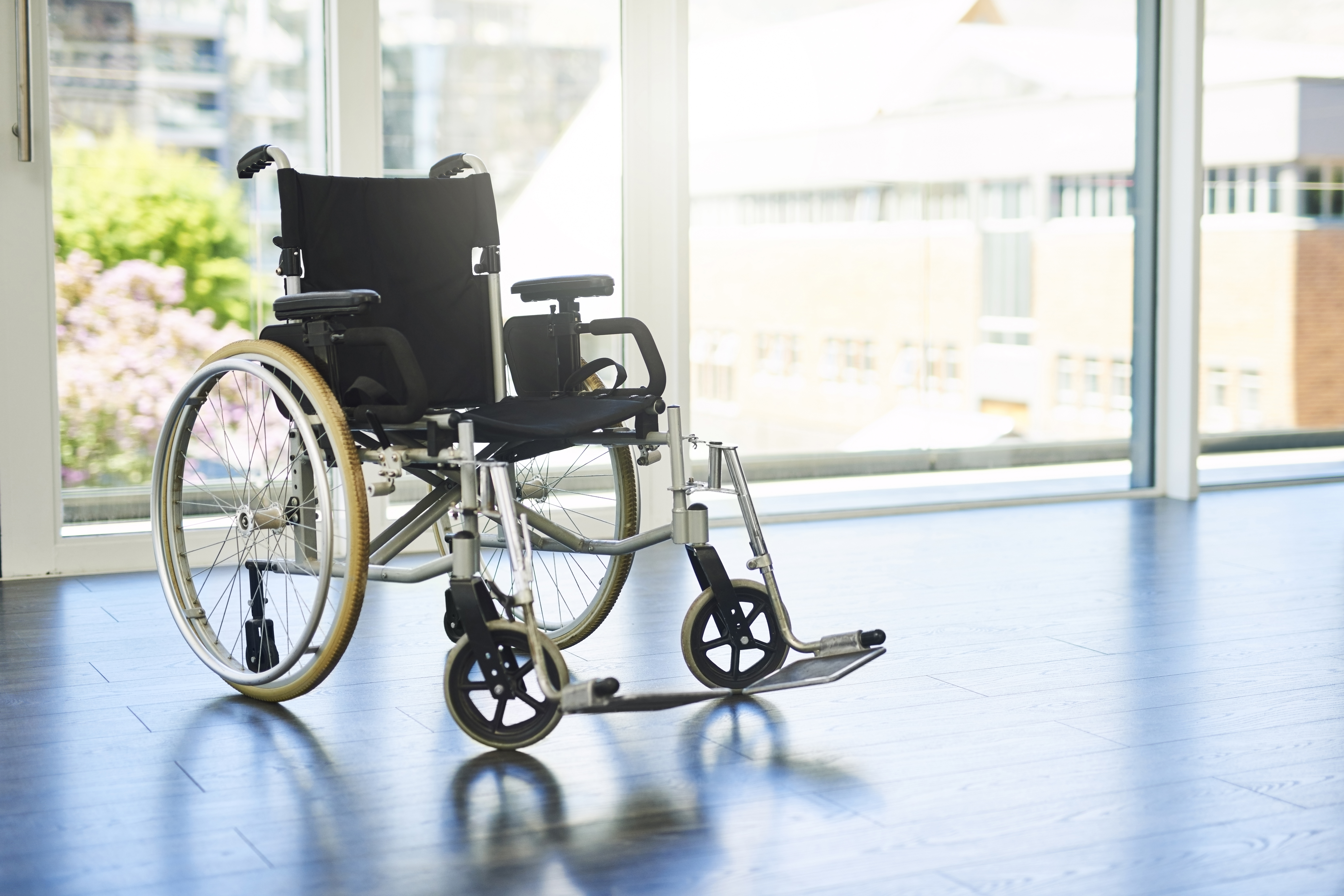Rehab Jobs: Roles and Settings in Rehabilitation Care
Rehabilitation jobs describe the range of professional roles focused on supporting patients through treatment, therapy, and recovery after injury, illness, or progressive disability. These roles contribute to planning and delivering clinical interventions, coordinating medical and nursing input, recommending exercise programs, and advising on adaptive equipment in hospitals, clinics, and community settings.

This article is for informational purposes only and should not be considered medical advice. Please consult a qualified healthcare professional for personalized guidance and treatment.
What roles exist in rehabilitation care?
Rehabilitation includes several professional roles such as physical therapists, occupational therapists, speech-language pathologists, rehabilitation nurses, and therapy assistants. Each role centers on distinct aspects of patient care: physical therapy emphasizes mobility and exercise; occupational therapy addresses daily tasks and adaptations; speech therapy treats communication and swallowing. Rehabilitation teams collaborate with physicians and other healthcare staff to create treatment plans that reflect medical history, functional goals, and patient priorities. These roles often involve documenting progress, educating patients and families, and recommending appropriate equipment or environmental changes to support independence.
Rehabilitation specialists also work with allied services—such as orthotics, prosthetics, and durable medical equipment providers—to ensure patients have appropriate mobility aids like wheelchairs, seating systems, and assistive devices. Clinical practice often requires familiarity with medical terminology, basic nursing considerations, and safety protocols to support comprehensive patient care.
How do physical therapy, occupational therapy, and speech therapy differ?
Physical therapy (PT) focuses on restoring strength, balance, gait, and pain management through therapeutic exercise, manual techniques, and modality use. Occupational therapy (OT) targets functional performance in activities of daily living—dressing, cooking, work tasks—often recommending adaptive equipment and modifications to home or clinic environments. Speech therapy (SLP) addresses speech, language, cognitive-communication, and swallowing disorders, using targeted exercises and compensatory strategies.
All three disciplines perform assessments, set measurable treatment goals, and track recovery milestones. Collaboration among these therapies is common when patients present with complex medical or neurologic conditions, where coordinated approaches improve outcomes and reduce risks related to disability and deconditioning.
Where do teams work in hospital and clinic settings?
Rehabilitation professionals operate across a variety of settings including acute hospitals, inpatient rehabilitation units, outpatient clinics, long-term care facilities, and community-based programs. Hospital-based clinicians often focus on early mobilization and medically supervised therapy to enable safe transitions of care. Clinics and rehabilitation centers provide ongoing therapy, specialized treatment programs, and equipment fitting. Community services and home health deliver interventions in a patient’s living environment, which can be important for elderly patients or those with mobility limitations.
Interdisciplinary communication between medical teams, nursing staff, social services, and local services supports continuity of care. Documentation and treatment coordination ensure that medical treatment, therapy goals, and discharge plans align with patient needs and safety considerations.
How do equipment, exercise, and wheelchairs support recovery?
Therapeutic exercise programs—combining strength, flexibility, aerobic conditioning, and task-specific practice—are central to many rehabilitation plans. Equipment such as resistance bands, balance platforms, gait trainers, and neuromuscular stimulation devices complement hands-on therapy. Mobility aids and wheelchairs are prescribed based on functional assessment and safety needs; seating and positioning often require careful evaluation to prevent pressure injuries and optimize function.
Clinicians assess the fit and appropriateness of equipment and coordinate with suppliers or orthotic services to arrange custom solutions when needed. Training in proper use of mobility devices and adaptive equipment is essential for patient independence and long-term maintenance of gains during recovery.
How do nursing, medicine, and patient care connect in rehab?
Nursing and medical teams provide the clinical foundation that enables safe participation in therapy: managing pain, monitoring comorbidities, handling wound care, and optimizing medications. Physicians such as physiatrists or neurologists guide diagnostic evaluation and medical treatment, while nurses ensure daily medical stability. Patient-centered care in rehabilitation integrates medical management with therapy objectives, caregiver education, and psychosocial support to address the broader impact of disability.
Ongoing professional development, interprofessional meetings, and evidence-based practice support quality care. Effective communication, clear documentation, and shared goal-setting across disciplines help align treatment approaches and support consistent progress toward recovery objectives.
Rehabilitation roles emphasize clinical skills, communication, and coordination among healthcare professionals to support patient function and quality of life. Descriptions of these roles and settings provide context for understanding how treatment, therapy, equipment, and interdisciplinary collaboration contribute to effective rehabilitation and ongoing care.






